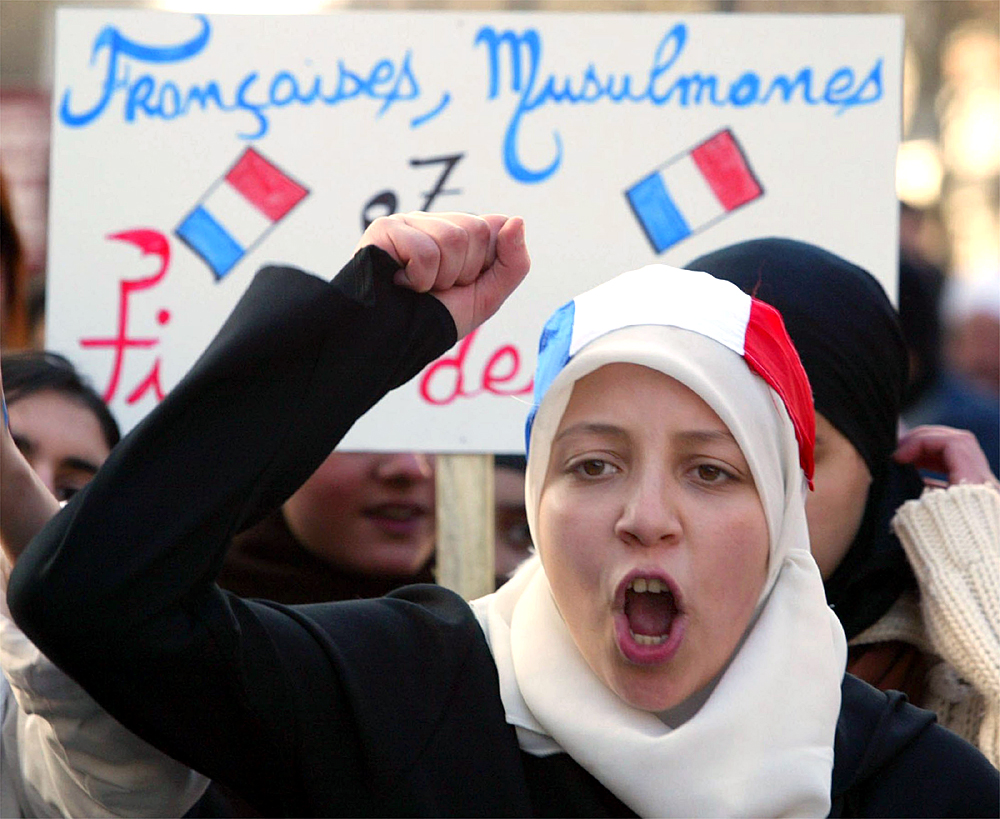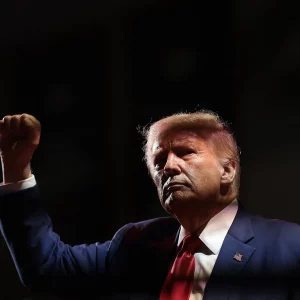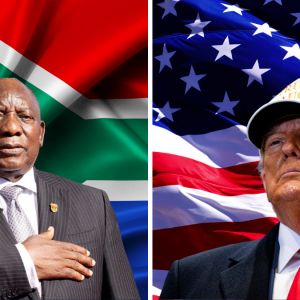France, a nation with a history entangled with the church and fraught with religious conflict, has become staunchly secularist in modern politics, prompting a decades-long political controversy over the existence of Islamic symbols in public schools.
On September 4, 67 girls were sent home from French public schools after refusing to remove their abayas, a full-length garment often worn by Muslim women, defying a ban placed on the garments last month. This restriction falls under France’s 2004 law banning ostentatious religious symbols and garments in public schools.
The ban, enacted March 15, 2004, initially prohibited Islamic hijabs, Jewish yarmulkes, Sikh turbans, and large Christian crosses in public schools. Abayas, along with khamis and djeballas, were banned following an August announcement by educational minister Gabriel Attal. Attal noted on September 5 that 298 girls arrived to school wearing abayas on the first day of school, although most removed them at the behest of teachers and staff.
History of Secularism
Restrictions on religious clothing are a reflection of France’s secularist identity. The Law of Separation of Church and State, enacted December 9, 1905, guaranteed freedom of worship while separating church and state. The 1905 law was a victory for republicanism, severing the government’s ties to religion and Catholicism while protecting freedom of religion. French law guarantees the exercise of religious worship, except to maintain public order, and criminalizes religious hate crimes and hate speech, the U.S. Department of State reported in 2022.
Secularism in France can be traced back to the French Revolution of 1789, in which revolutionaries rose up against the Catholic-allied monarchy, said Jonah Levy, professor and director of UC Berkeley’s Center for French and Francophone studies. Before the revolution, the Catholic Church was heavily involved in politics and “had a monopoly on education, medical care, and funerals,” explained Valentine Zuber, historian at École pratique des hautes études-Université PSL in France.
“The republican regime in France was built and strengthened politically by seeking to permanently disqualify the monarchical regime of the Ancien Régime,” Zuber said. “From the French Revolution onwards, supporters of the Republic strove to reduce the Catholic Church’s political influence, while seeking to manage the religious pluralism of French society in a more egalitarian way.”
According to Levy, the French Revolution set a foundation for France’s Republican Model, in which religion is the enemy to an unmediated relationship between state and citizen. Under this model, the French Third Republic established universal free public education in the late 19th century to counteract Catholic schools, which provided the only education available and taught students that the Republic was evil.
“Public schools hold a special place because they were the vehicle for creating a democratic identity in France free of both religion and opposition to democratic values,” said Levy.
Secularization accelerated under the Third Republic in the 1880s, eventually resulting in the official separation of church and state under the 1905 law. Neutrality on religion is a key aspect of French society and politics, necessitating limitations on religious expression in public. In particular, public schools, Zuber asserted, have become “the crucible of individual emancipation.”
Secular laws and rules in schools at first aimed at Catholic symbols, but the battleground has shifted to Islamic symbols in the past thirty years. The 2004 ban was a culmination of years of controversy over hijabs and other religious symbols in schools. In 1989, three Muslim teen girls were expelled from a school in Creil after refusing to remove their headscarves. In 2002, a high school student was excluded from her classes for wearing a headscarf. The same year, Jacques Myard proposed a bill against headscarves in schools to France’s National Assembly, calling them “a symbol of sexual discrimination.” According to Levy, debates and appeals from school principals, unsure of how to act, compelled the French government to create a commission to study the issue and possible solutions, ultimately resulting in the ban.
French students may attend private schools, where the federal government provides 80% of funding if the school agrees to follow a state curriculum—however, it is typically harder for Muslim private schools to acquire funding, Levy noted.
“Religion has always had a place in French schools. Jewish kids wore yarmulkes, Christians wore large crucifixes,” Levy said. “It wasn’t a problem how people dressed until it was Islamic girls in headscarves.”
Contemporary Politics of the Ban
The French public widely supports the bans on religious symbols, which enjoy an approval rate of nearly 80%. Supporters of the bans, including legislators, contend that they uphold laïcité, the legal principle of state secularism, and allow students to learn “uninfluenced by their family traditions,” Zuber said.
“I completely agree with the rationale of an laïcité and secularism and the idea that in some contexts, such as schools, distinctions such as religious distinctions should be abolished to strengthen the common identity as French citizens and students,” said Valentin, a third-year French international student who requested only his first name be used.
Valentin scrupled that in public spaces unrelated to forming a common identity and exercising public authority—for example, French police officers may not wear religious symbols—wearing religious symbols should become a personal choice.
In 2010, France criminalized wearing full-face veils for religious reasons in all public spaces, encompassing Muslim garments such as burqas and niqabs. Burqinis, a swimsuit that covers the entire body except the face, are banned in many French municipalities, resulting in women being forced by the police to remove their burqini, according to Levy.
French President Emmanuel Macron has fiercely defended the bans on religious symbols in schools and other public places, stating a need to prioritize secular values of citizenship and to protect France from religious extremism. In a televised statement on October 2020, Macron insisted that the government was not seeking to abolish religion and encouraged citizens to practice freely but stipulated that religion should be a “private matter.” He emphasized the importance of of secularism in banding citizens together and preventing division along religious lines.
Opponents, meanwhile, claim that the bans are an abuse of power and violate the individual right to follow one’s own beliefs.
Levy observed that banning the abaya, without evidence that the garment was causing a problem in schools, may be a strategy for Macron to gain support from far-right voters and France’s main conservative party, the Republicans. The easiest way for Macron to achieve a majority in the legislature, Levy asserted, is to win over the Republican party by “invoking that Republican model.” Thus, the ban on the abaya, without passing a new law but by wielding the 2004 ban, may be a feat of political opportunism, rather than solely a concern for France’s secularist identity.
The Fear of Terrorism
The popularity of the bans is enhanced by anxieties surrounding extremist Islamic groups. French citizens are fearful of Islam as they see it as a force of domestic terrorism and want to see its role in French society and schools constrained, promoting French identity over Muslim identity. This thought process and the “mistrust of the visual affirmation of religion,” has been exacerbated by Islamic terrorist attacks between 1995 and 2015, Zuber said.
A recent and prominent example is the beheading of Samuel Paty, a teacher killed for using a cartoon of the Prophet Mohammed as a classroom tool to discuss free speech. Other tragedies have fueled this fear and backlash against the Muslim community: burqini bans followed an Islamic attack that killed 86 people during a French independence celebration.
This type of framework, in which the Muslim community is met with fear and distrust, can be incredibly isolating, ironically hindering the assimilation into the French Republican model. Muslim and Arab youths get harassed by police officers as a visible minority, mosques are closed down, and girls are prevented from attending school if they or their parents refuse to remove their religious attire. Additionally, Levy pointed out that the targeting and scapegoating of the Muslim community reinforces extremist Islamic forces: the overwhelmingly common terrorist profile is that of young men who are fed a “discourse of victimology” and indoctrinated into extremist Islamic values while in prison for petty crimes.
The Abaya
The expansion of the ban has met controversy. To start, abayas are cultural clothing worn in Muslim countries and by many African women; their religious status is questionable, Levy said. Action Droits Des Musulmans, or ADM, a French human rights organization that focuses on defending the Muslim community from violence and stigma, made a legal appeal on the ban to the State Council on September 5. The ADM asserted that the ban is arbitrary, as the abaya is difficult to distinguish from other long clothes and is not legally defined as religious. Therefore, the ban “infringes the rights of the child, because it mainly targets children presumed to be Muslims, thus creating a risk of ethnic profiling at large.”
Valentin noted that he would support a “narrow definition of what a religious symbol is” to “give people as much freedom as possible.”
France’s highest court upheld the ban, assessing that it is not a serious or illegal infringement on freedoms. ADM’s subsequent press release deplored the decision and expressed concern over the academic success and freedoms of young girls affected by the ban.
Despite the importance of secularism as a value and in French society, the ban on religious symbols in schools is a violation of freedom of expression and has resulted in Muslim students being targeted. The French government and constitution claims that it upholds neutrality on religion—a crucial and understandable principle, especially considering France’s long history with divisive religious conflicts. However, France cannot truly claim to be neutral if it is actively infringing upon a person’s beliefs. By forcing Muslim girls to remove hijabs, for example, schools violate religious practices on an intimate level. All students, furthermore, are deprived of a basic and absolutely essential right: that of choice.
Featured Image Source: Pascal Rossignol






Comments are closed.